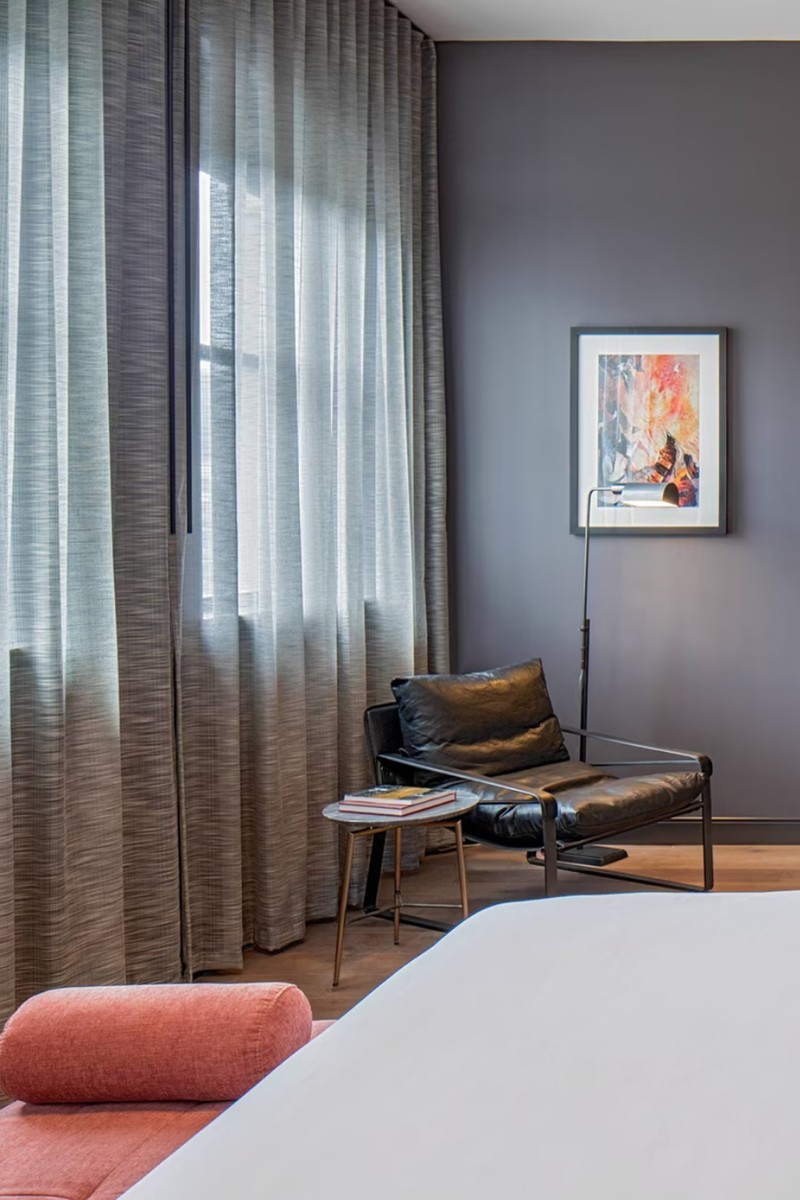Pittsburgh Is The New Place To Go
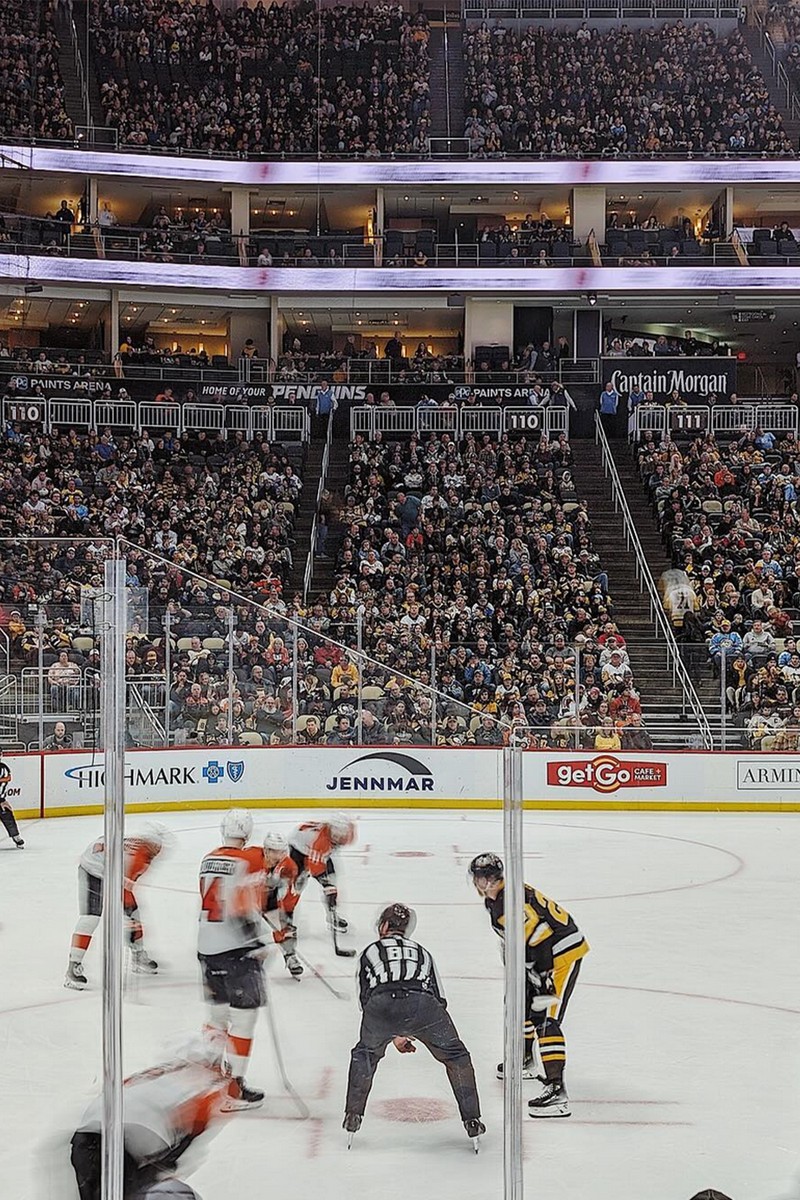
Why You Should Go
Robert de Niro in The Deer Hunter. Jennifer Beale in Flashdance. Tom Cruise in All The Right Moves. Three great Hollywood characters, each heading in a different direction, but all running away from the same place.
For a long time, Pittsburgh was somewhere people wanted to get out of. There are some photos you can see online or at places like the Heinz History Center. They’re pictures of the city in the middle of the last century. Except you can barely see the city or its people. Because of the smog. As early as the 19th century, as industrialists were only beginning to tap into western Pennsylvania’s vast coal and iron resources, a visiting writer described Pittsburgh as “hell with the lid taken off”.
So what are we doing here? Well, the satanic steel mills have shut, the sun’s come out and Steel City has softened. In 2024, Pittsburgh is a place worth travelling to.
Arriving from the east, two rivers meet in the middle of the city to form the Ohio, which flows all the way into the Mississippi. The three waterways hem in the ‘Golden Triangle’ of Downtown and help make Pittsburgh more than averagely walkable for an American city. The rivers do need crossing sometimes, which is why Pittsburgh is also the ‘City of Bridges’.
Downtown’s skyscrapers soon flatten out into the Strip District, where low-slung brick mills have become food markets, and the streets are lined with venerable institutions like the Pennsylvania Macaroni Co. and Enrico Biscotti. The Italian influence is strong, but other Pittsburgh communities are represented with classic Asian and Polish delis.
You’re unlikely to arrive hungry in neighbouring Lawrenceville, but that’s fine. There’s a positive hipster energy here and lots of drinking to be done. Pittsburgh has one of America’s liveliest craft beer scenes – start at Coven Brewing and ask for recommendations from there. Or go rogue with a trip to the Arsenal Cider House.
That’s just a couple of the city’s distinctive neighbourhoods worth wandering. We haven’t started on the big-ticket items…
Things To Do
In the city
For the best city views, you need to get up to the top of Mount Washington. For more than 150 years, the best way to do that has been to take an Incline. There used to be four on the other side of the river from Downtown, taking workers up and down ‘Coal Hill’. There are two left, and one of them is out of action for now, so your only option is the Duquesne Incline. At the top, as well as the views, there’s Altius, a modern American restaurant with refined takes on Caesar salad and chicken supreme.
Back at river level, Pittsburgh has an array of museums to grace a much bigger city. Andy Warhol was born and raised here, only moving to New York when he was 21. Across seven floors, the Andy Warhol Museum draws on the world’s largest collection of his art and archival materials to tell the full story of his rise from sickly child to commercial artist and, finally, pop art icon. It all adds up to a compelling portrait not just of a man, but of 20th-century America at large.
The Carnegie Museum of Natural History takes visitors further back in time. The stars of its show are dinosaurs. At the end of the 19th century, Andrew Carnegie, the Scottish immigrant who became a steel baron, funded a fossil-hunting expedition to the badlands of Wyoming that unearthed a new species of diplodocus. If you ever saw ‘Dippy’ at London’s Natural History Museum, that was a plaster cast of the actual bones they found – and that you can see here. Close by, there’s the original T-rex too.
In the shadow of these hulking skeletons, the adjoining Carnegie Museum of Art more than repays any time you can give it. De Kooning, Kline and Koons are among the big-name Americans on its walls. Over in North Side, The Mattress Factory brings you right back up to date – it’s all about contemporary installation art, and has permanent pieces by Yayoi Kusama and James Turrell.
Thanks to his philanthropy – and his ambition of making Pittsburgh as “famous for art as it is now for steel” – Carnegie is a name you see a lot around town. Perhaps the only one you see more is Heinz. Pittsburgh is where the ketchup empire was founded. In the Strip District, the Heinz History Center isn’t just a place to get to the bottom of its ‘57 varieties’ claim (there were way more). It’s good on the city’s wider social history (check out those photos we mentioned in its Campbell Gallery), and gives over a floor to the Western Pennsylvania Sports Museum, which is where you can find out what Pittsburgh’s really about. Exploring rooms that memorialise lost teams like the mighty Homestead Grays and never-to-be-forgotten greats like Roberto Clemente, you’ll start to believe its claim that, pound for pound, Pittsburgh produces more sporting superstars than anywhere else.
Been watching The Dynasty recently? The Pittsburgh Steelers are the only team to have won as many Super Bowls as Tom Brady’s Patriots. You might recognise their home stadium as the one Bane takes over in The Dark Knight Rises. It’s right on the North Shore, where the three rivers meet – only its place in local hearts and minds is more prominent. On game days, the city turns black and yellow. Get there early enough to join the pre-match tailgate party, and buy a Terrible Towel on your way in.
Next door, the Pirates play major league baseball at PNC Park. Built to a classic design, it too deserves its place at the centre of city life. On a warm summer’s evening, looking out across the water to the skyscrapers of Downtown, it’s somewhere even a Brit can connect with the American dream.
Then there are the Penguins. Right now, they offer a chance to get up close to greatness at the PPG Arena in Downtown. When Sid ‘the Kid’ Crosby broke out in the noughties, he helped save ice hockey. Two decades later, he’s a one-team man who’s won the biggest prize three times – and is still dominant (even if he missed his penalty shot in a shootout defeat the night we saw him). To immerse yourself in the blood-and-thunder action, and feel every shove into the boards, get seats as close to the ice as you can.
The neighbourhood to do your shopping in is Lawrenceville. Head to Vestis first. It’s a friendly place (shout out to Seth) where they can introduce you to American brands like Samuel Zelig and Wythe that haven’t reached the UK yet. You can also load up on Gitman Vintage, the classic Pennsylvania shirtmaker that still manufactures on home turf. A few doors down, Mello & Sons is a vintage spot where they know how to find the best pre-owned denim and Made in the USA pieces from RRL, Levi’s and Schott. Still on Butler Street, Wildcard is good for souvenirs.
Beyond the city
You’ve come this far, so you might as well go see something that’s been called “the best all-time work of American architecture”. That’s how the American Institute of Architects has described Frank Lloyd Wright’s Fallingwater. A 90-minute drive from Downtown, it was built in the 1930s as a summer home for a local retail magnate. Wright’s commitment to going above and beyond led to a wild cost overrun – and a perfect expression of his ‘organic architecture’. Indoor and outdoor fold into one another, as the building cascades into the waterfall below it.
Tucked just below the crest of a hill, there’s another handsome Lloyd Wright home nearby. At stone-walled Kentuck Knob, wide-screen windows bring the outside in, letting wooden surfaces and fixtures harmonise with the woodland all around it.
Both these landmark houses sit within the Laurel Highlands – of which Kentuck Knob has a fine view. On the eastern edge of the Appalachians, the geography climbs to Pennsylvania’s highest point. Amid the green state parks and rushing waterfalls, there’s excellent trout fishing, and small towns like Ohiopyle are well set up for hiking, biking, rafting and more. If your coccyx can take it, try the Meadow Run natural water slide in summer.
What To Eat & Drink
Con Alma is the jazz bar of your old Hollywood dreams. Spend enough time in this Downtown joint and you might start seeing in moody black and white. Pittsburgh has a rich musical history – the greats used to pass through on their way to New York or Chicago – and Con Alma is the showcase today’s local talent deserves. Nightly live sets are best enjoyed with something short and strong like a house negroni or the Straight No Chaser (rye whiskey, cognac, bitters). When you need it, the food’s good too.
When the first person said ‘Polish vegan’, we nodded politely. When the third person said it, we thought we better check it out. We joined a queue of walk-ins and, on a windy night, got a table in an overspill tent out the back of Apteka’s main space. Even beneath billowing canvas, this is food that can permanently change minds. Start with a plate of pickles and a vodka shot. Then try as much as you can. Pittsburgh’s favourite pierogi dumplings shed their meat here, while retaining their weight, their richness and their depth of flavour. The celeriac schnitzel is similarly satisfying, and the cocktails are as inventive as everything else. Do the right thing and book ahead. (If you must have meat, Tessaro’s is close by.)
A couple of restaurants in Lawrenceville have also been attracting attention from across America: Morcilla is a Spanish small-plates place that cures its own charcuterie; family run Pusadee’s Garden is a regional Thai spot where they cook over open-fire grills – and there is indeed a garden for al fresco dining.
Diner culture runs deep in Pittsburgh. Menus are long and usually feature eggs every which way, alongside a host of sweeter options. Look for local twists like the Pittsburgh eggs benedict at Kelly O’s, with added pierogies and kielbasa. Family owned J&J’s is the place to know on top of Mount Washington, while Pamela’s got famous on the back of a drop-in by Obama and now serves up its signature hotcakes at a few sites around town. The 80s vibes are strong at the homey original in the Strip District.
The Strip District is also where it all began for Primanti Bros, homegrown heroes who have been turning out monumental Italian sandwiches for almost a century. Simple and effective, the classic option puts slaw, tomatoes, provolone, fries and a meat of your choice between a couple of slabs of fresh bread.
Further east, there’s a strong food scene in Squirrel Hill. A run of great pizza joints (Napoli’s, Aiello’s and Mineo’s) intersects with Forbes Avenue’s authentic Asian places (Kiin Lao & Thai Eatery, Jian’s Kitchen, Everyday Noodles). To the south, Chengdu Gourmet is a simple yet standout destination for spicy Sichuan. When you’re done eating, the Squirrel Hill Café is a no-frills tavern with a rich history, or there’s the Hidden Harbor tiki bar.
Where To Stay
Everything runs smoothly at the Fairmont Pittsburgh. It also puts you bang in the middle of the Downtown action – Con Alma is a block away, Mount Washington is a bridge away, and the sports stadiums are all walkable.
The Oaklander is in the University district, so the Carnegie museums are close by. Floor-to-ceiling windows in its comfortable corner suites mean there’s no better view of the gothic Cathedral of Learning tower across the road – and you can count on Le Labo in the en-suite.
Its sister property, the Industrialist, is a modern Downtown alternative to the Fairmont in a Beaux Arts building that, though empty for decades, has hung onto its external artistic flourishes. A few blocks north, the Kimpton Hotel Monaco occupies a building of similar vintage.
If you’re heading into the Laurel Highlands, Nemacolin is a luxe resort spread across 2,000 acres. Golf, skiing, paintballing, fishing, watching sport on a cinema-sized screen from an outdoor pool – if you’re willing to open your wallet, it can be arranged. There’s even a Lloyd Wright-inspired spa hotel called Falling Rock.
When To Go
As well as looking a bit like Gotham City in places (Christopher Nolan filmed multiple scenes from The Dark Knight Rises here), Pittsburgh has weather that tends to be similar to New York’s – hot summers, icy winters and everything in between. Locals will tell you autumn in the Laurel Highlands can be as beautiful as the more famous fall in New England. The red maples that line its roads suggest that might be true.
If pro sports are the big draw, the Steelers return to NFL action in September. If they’re good enough (they usually are), they’ll play through to the playoffs early next year – but American football teams can have as few as eight home games a season, so plan accordingly. Baseball is America’s summer sport. The major league season runs from late March to October, and the Pirates will host at least 82 games in that time. In hockey, the Penguins duke it out in the NHL from October until April, and maybe beyond.
How To Get There
British Airways flies direct from Heathrow to Pittsburgh International, which is a 25-minute/$40 cab ride from Downtown, or there are regular buses that take around 40 minutes. Flight times are about 8 hours, with returns from £515 at the time of writing.
For more information, check out VisitPittsburgh.com. For anything out of town, GoLaurelHighlands.com is the best place to start.
DISCLAIMER: We endeavour to always credit the correct original source of every image we use. If you think a credit may be incorrect, please contact us at [email protected].


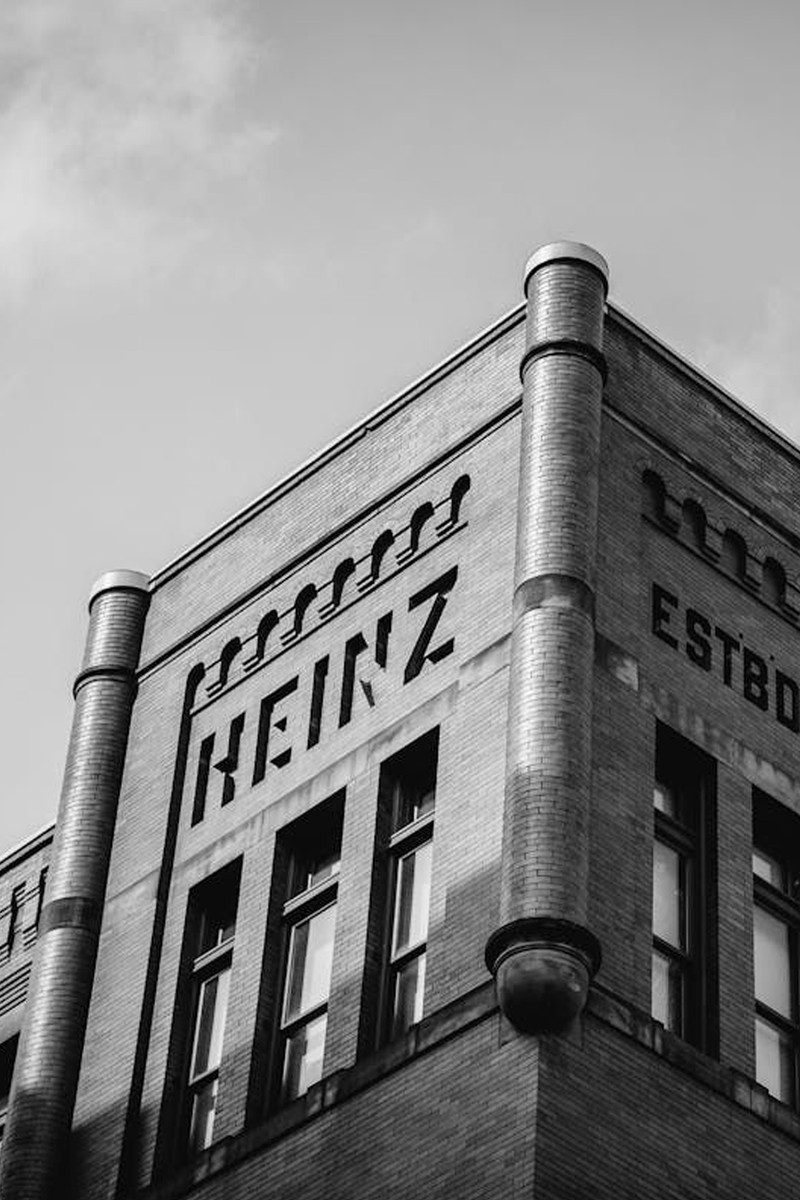
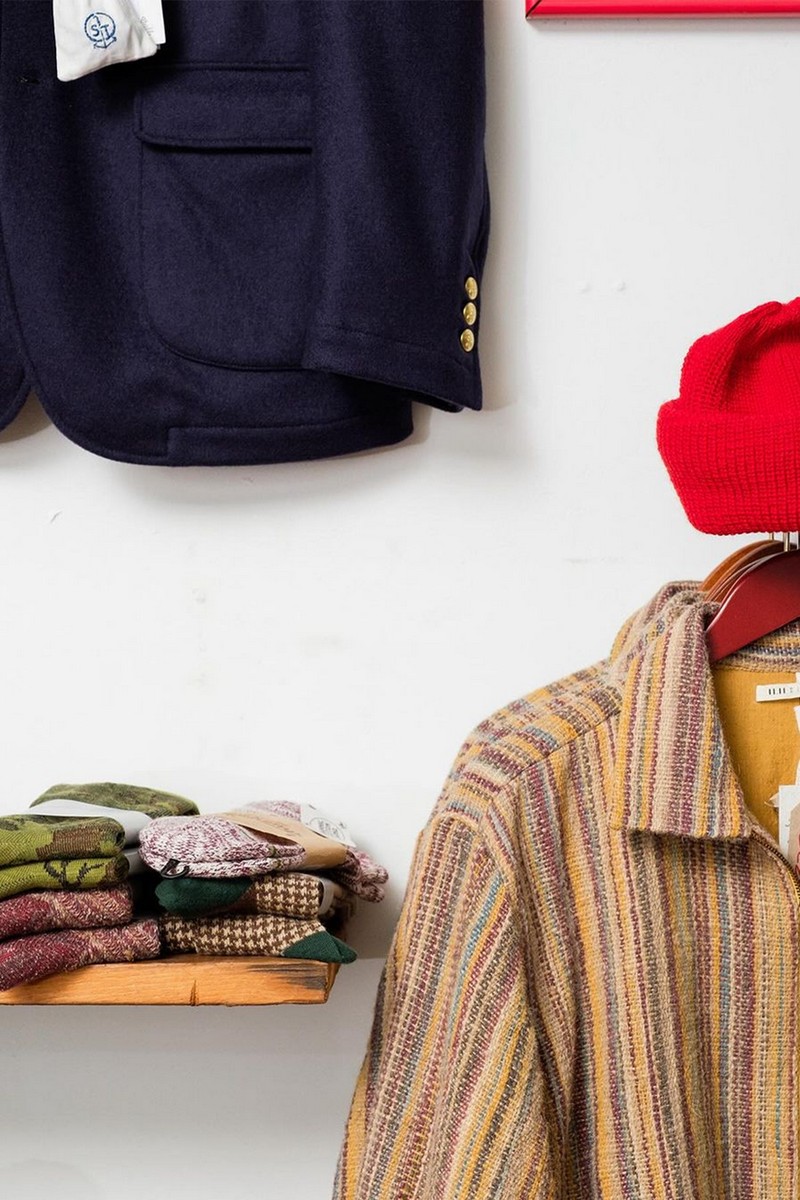
/https%3A%2F%2Fslman.com%2Fsites%2Fslman%2Ffiles%2Farticles%2F2024%2F03%2Ffallingwater-pittsburgh.png?itok=KPUdXBXv)
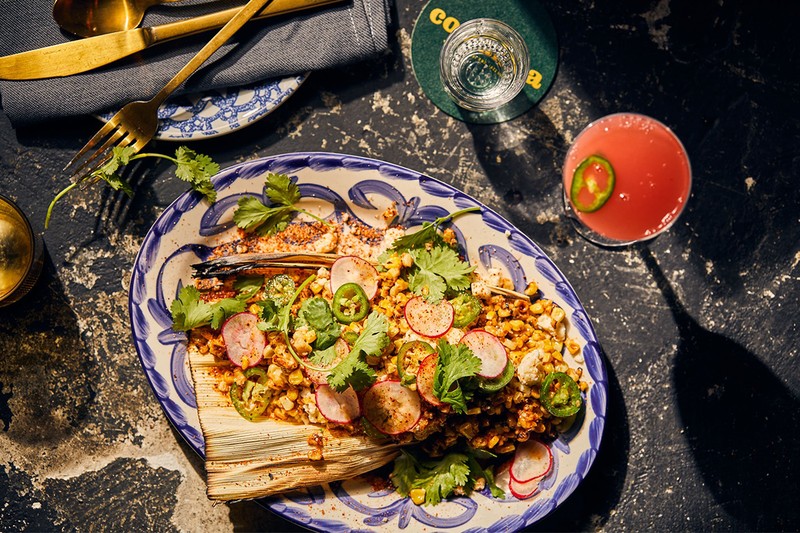
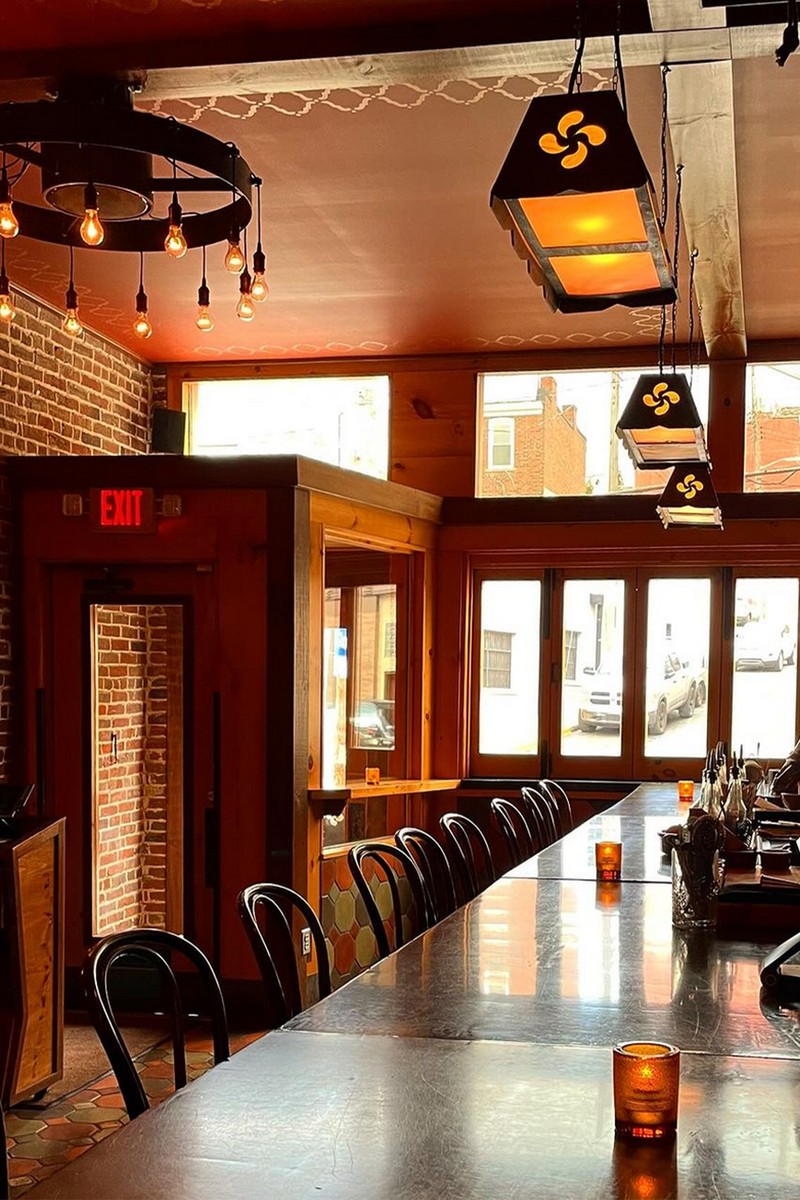
/https%3A%2F%2Fslman.com%2Fsites%2Fslman%2Ffiles%2Farticles%2F2024%2F03%2Fnemacolin-golf-landingmystic-rock-block.png?itok=DRJGkxFo)
